Description
Gabantin 100 mg is a prescription medication widely used to manage neuropathic pain, seizures, and certain conditions associated with nerve damage. It contains Gabapentin as its active ingredient, which affects the nervous system by altering the way nerves transmit signals to the brain. This medication is highly effective for conditions such as postherpetic neuralgia, diabetic neuropathy, and epilepsy.
In this comprehensive guide, we will explore the uses, benefits, dosage, side effects, precautions, and interactions of Gabantin 100 mg to help you understand its significance in pain management and neurological conditions.
What is Gabantin 100 mg?
Gabantin 100 mg belongs to the anticonvulsant class of drugs and is primarily used to treat neuropathic pain and epilepsy. The active component, Gabapentin, modulates nerve signals and helps in relieving chronic pain conditions linked to nerve damage.
It is commonly prescribed to individuals suffering from nerve-related pain disorders and is effective in reducing discomfort by stabilizing overactive nerve activity. Although it is not classified as an opioid, Gabapentin is often used as an adjunctive therapy for pain management.
Medical Uses of Gabantin 100 mg
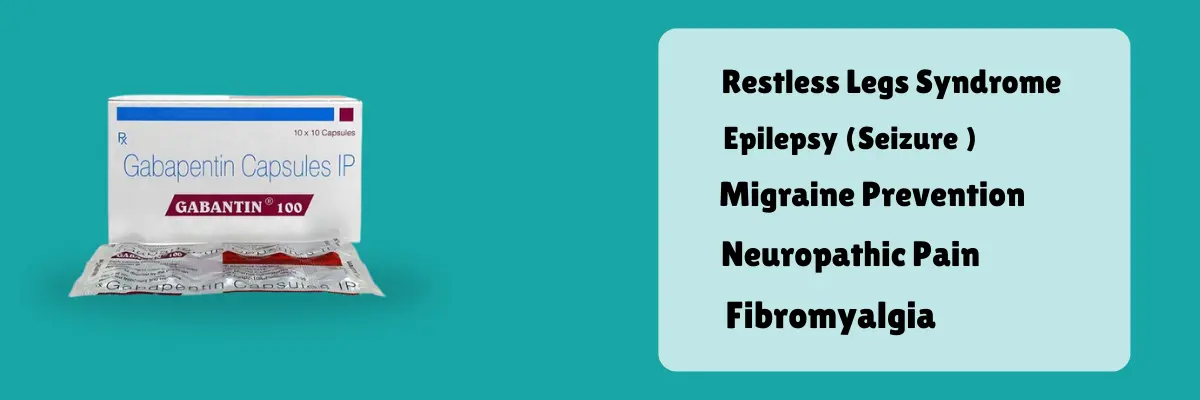
1. Neuropathic Pain
Gabantin 100 mg is highly effective in treating neuropathic pain, a condition that arises due to nerve damage or dysfunction. Some of the common causes of neuropathic pain include:
- Diabetic neuropathy – Nerve damage caused by prolonged high blood sugar levels.
- Postherpetic neuralgia – Pain persisting after a shingles outbreak.
- Sciatica – Nerve pain originating from the sciatic nerve in the lower back and legs.
2. Epilepsy and Seizures
Gabantin 100 mg is prescribed as an adjunctive therapy for treating partial seizures in epilepsy. It helps in stabilizing nerve activity in the brain, thereby reducing the frequency and severity of seizures.
3. Restless Legs Syndrome (RLS)
People suffering from Restless Legs Syndrome (RLS) may find relief with Gabantin 100 mg, as it helps in calming involuntary movements and discomfort that occur during rest.
4. Fibromyalgia
Some doctors prescribe Gabantin 100 mg for fibromyalgia, a chronic pain disorder affecting muscles and soft tissues. It reduces the overactive nerve responses that contribute to widespread pain and discomfort.
How Gabantin 100 mg Works
Gabapentin, the active ingredient in Gabantin 100 mg, affects calcium channels in the nervous system. It inhibits nerve excitability, reducing pain signals and preventing excessive nerve firing. Although it was originally developed for epilepsy, its ability to modulate nerve activity makes it highly effective for neuropathic pain management.
Unlike opioids or NSAIDs, Gabantin does not work by blocking pain receptors but by modifying the way nerves communicate pain sensations to the brain. This makes it a safer option for long-term pain management compared to addictive painkillers.
Dosage and Administration
Standard Dosage Guidelines
The dosage of Gabantin 100 mg varies based on the patient’s condition, severity of symptoms, and medical history. Below are general dosage guidelines:
- For Neuropathic Pain: The initial dose is usually 100-300 mg per day, gradually increasing based on response.
- For Epilepsy: Typically, patients start with 300 mg per day, divided into multiple doses.
- For Restless Legs Syndrome: A single dose of 100-300 mg is taken before bedtime.
How to Take Gabantin 100 mg
- Take the tablet with or without food.
- Swallow the tablet whole with a glass of water.
- Follow the doctor’s prescription strictly to avoid overuse or underuse.
- Do not suddenly stop taking Gabantin 100 mg as it may cause withdrawal symptoms.
Side Effects of Gabantin 100 mg
While Gabantin 100 mg is generally well-tolerated, some individuals may experience mild to severe side effects. Common side effects include:
Common Side Effects
- Dizziness
- Fatigue
- Drowsiness
- Dry mouth
- Weight gain
Serious Side Effects
- Mood changes, including depression or anxiety
- Coordination problems or muscle weakness
- Breathing difficulties (rare but serious)
- Allergic reactions like swelling or rash
If you experience severe side effects, seek immediate medical attention.
Substitute
Gabantin 100mg Precautions and Warnings
Who Should Avoid Gabantin 100 mg?
Gabantin 100 mg may not be suitable for certain individuals. Avoid this medication if:
- You have severe kidney disease
- You are pregnant or breastfeeding (consult a doctor for advice)
- You have a history of substance abuse
- You suffer from severe respiratory disorders
Alcohol and Gabantin 100 mg
Avoid alcohol consumption while taking Gabantin, as it may increase drowsiness and dizziness, leading to potential risks.
Driving and Operating Machinery
Since Gabantin 100 mg may cause drowsiness and dizziness, avoid driving or operating heavy machinery after taking it.
Drug Interactions of Gabantin 100
Gabantin 100 mg can interact with other medications, which may reduce its effectiveness or increase side effects.
Common Drug Interactions
- Antacids (Magnesium/Aluminum-containing) – Reduces Gabantin absorption
- Opioid painkillers (Morphine, Tramadol) – Increases sedation risk
- CNS depressants (Benzodiazepines, Alcohol) – Enhances drowsiness
- Diabetes medications – May cause additive effects on nerves
Before starting Gabantin 100 mg, consult your doctor if you are taking other medications.
Frequently Asked Questions (FAQs)
1. Can Gabantin 100 mg be used for anxiety?
Although Gabantin is not officially approved for anxiety, some doctors prescribe it off-label for anxiety disorders due to its calming effect on the nervous system.
2. Is Gabantin 100 mg addictive?
Gabantin 100 mg has low addiction potential compared to opioids, but misuse can lead to dependence, especially at higher doses.
3. How long does it take for Gabantin 100 mg to work?
Effects typically start within 1-2 hours after ingestion, but full therapeutic benefits may take a few weeks.
4. Can I stop taking Gabantin 100 mg suddenly?
No, stopping Gabantin abruptly may lead to withdrawal symptoms like insomnia, nausea, and increased pain. Gradual tapering under a doctor’s supervision is recommended.
5. Can Gabantin 100 mg be taken long-term?
Yes, under medical supervision, Gabantin can be taken long-term for chronic neuropathic pain or epilepsy.
Conclusion
Gabantin 100 mg is a highly effective medication for treating neuropathic pain, epilepsy, and related nerve disorders. It helps reduce nerve excitability, providing relief from chronic pain conditions and seizures. While generally safe, it’s essential to follow prescribed dosages and be aware of potential side effects and drug interactions.
If you are considering Gabantin 100 mg for your condition, consult your doctor to determine the appropriate dosage and treatment plan for your needs. Always adhere to medical guidelines to ensure safe and effective use of this medication.

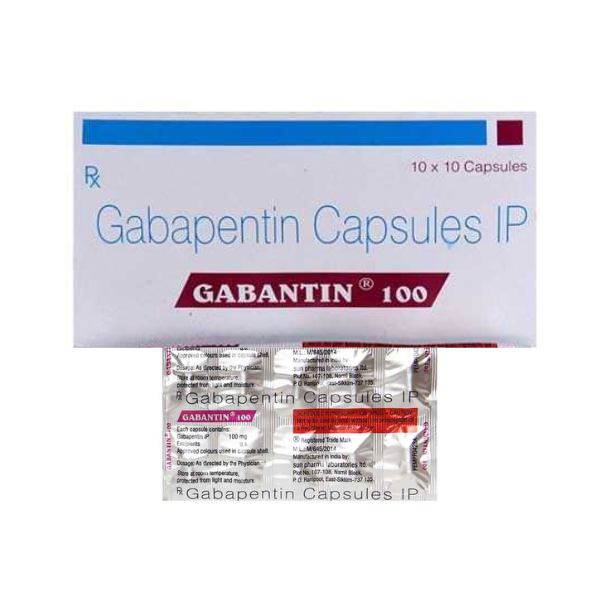
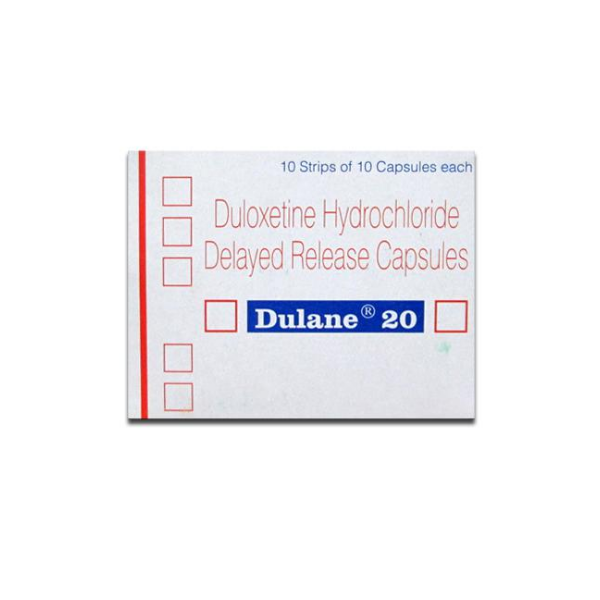
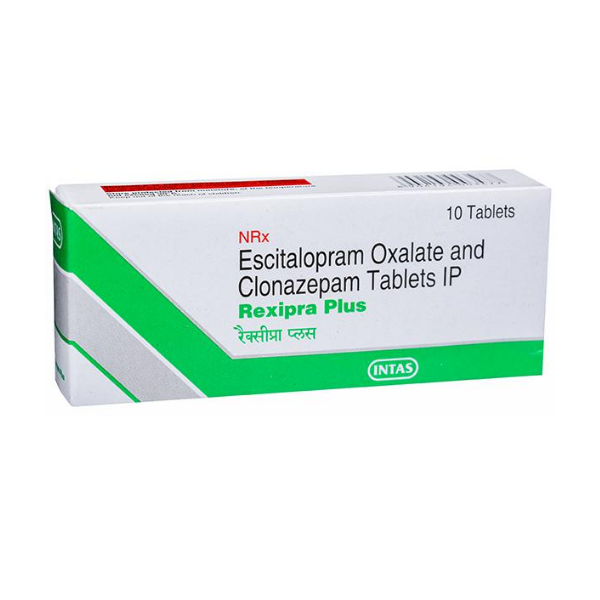
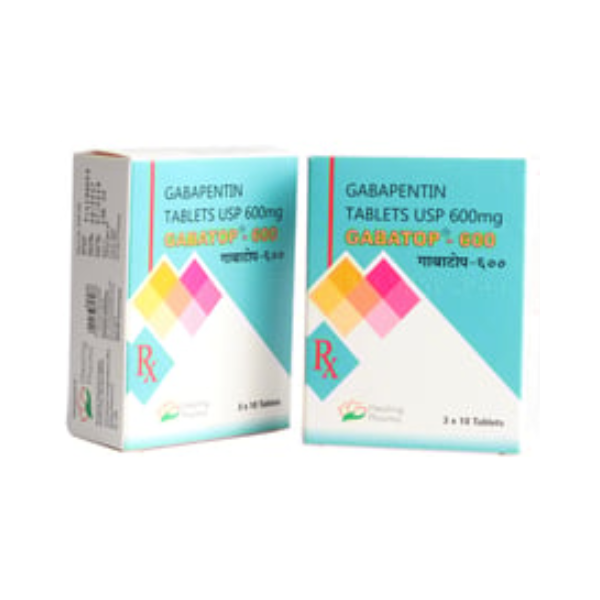
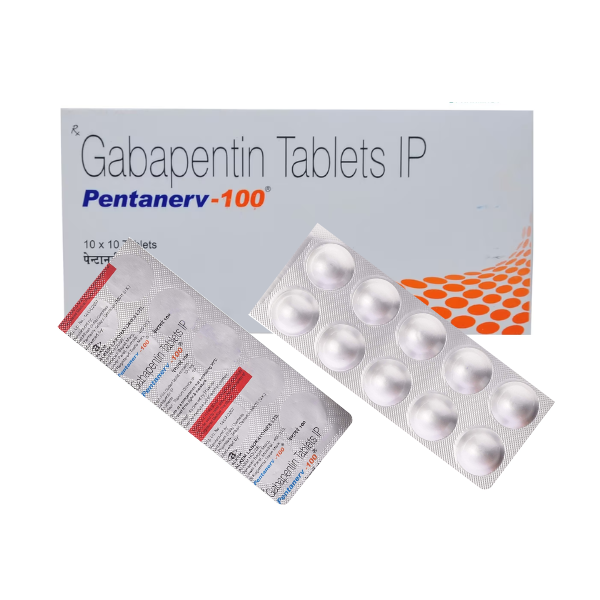
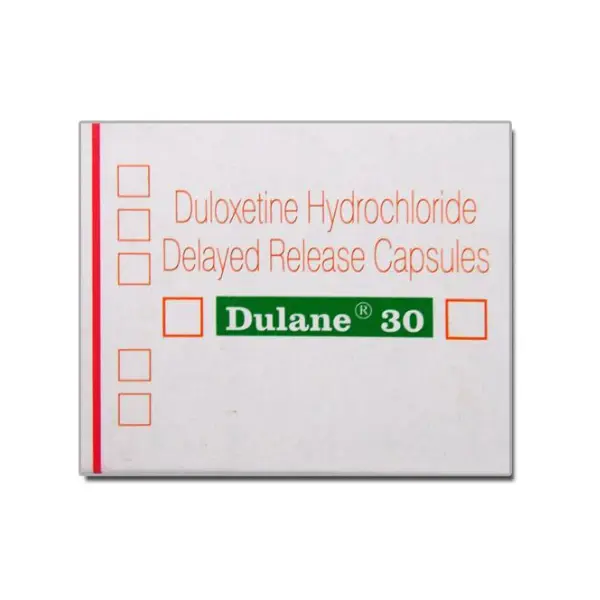
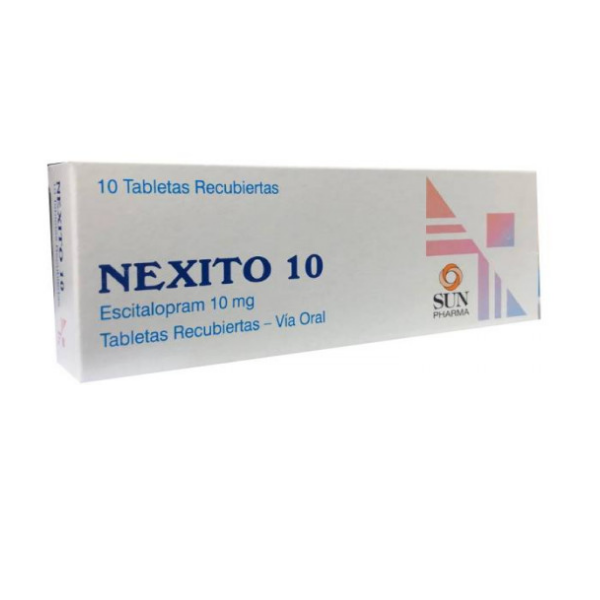
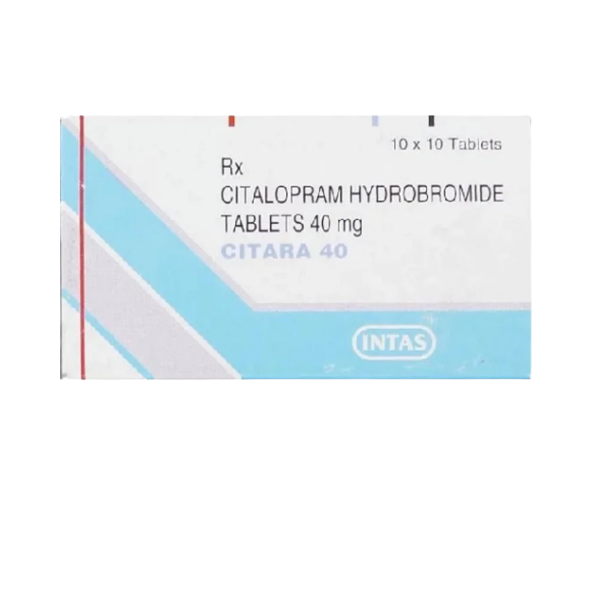


Reviews
There are no reviews yet.